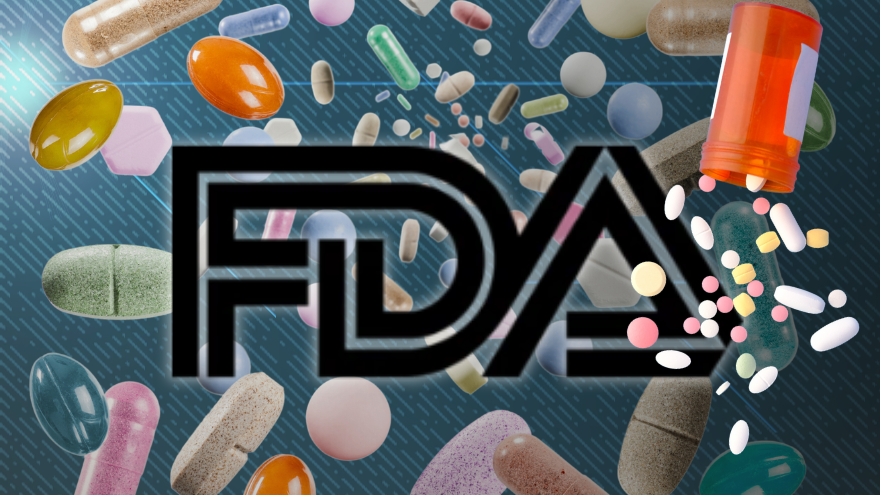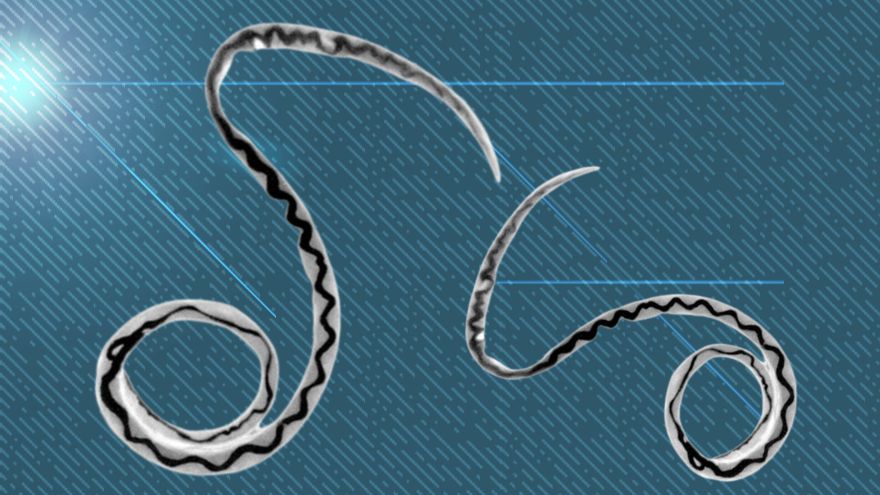The Food and Drug Administration wants pharmaceutical companies to create new treatment options for people who are addicted to cocaine, methamphetamines, or prescription drugs.
The federal agency released a new draft guidance proposing a clinical trial design and other details for consideration during the development of new drugs that potentially could be used for the treatment of stimulant use disorder.
“FDA encourages the development of treatments for stimulant use disorder and novel trial designs,” said the agency in its draft document. “Stimulant use disorder development programs may be eligible for one or more of FDA’s expedited programs, as applicable. FDA encourages early discussion of drugs that could treat stimulant use disorder and may be eligible for expedited programs.”
Stimulant use disorder is “a condition where a person misuses stimulant drugs or medications to the point that it has negative effects on their life,” according to GoodRx Health. “People with stimulant use disorder have difficulty controlling their stimulant use. They may continue to use these substances even though they have negative effects on their health, relationships, and functioning.”
The Diagnostic and Statistical Manual of Mental Disorders, 5th edition (DSM-5) does not set a threshold of use amount at which a person is considered to have stimulant use disorder and lists a variety of symptoms that vary with the substances a person with the diagnosis might use.
“The group of individuals meeting DSM-5 criteria for stimulant use disorder is very heterogeneous, with individuals using different stimulants in a range of different settings and for different reasons,” wrote the FDA. “This heterogeneity may contribute to the difficulty in identifying medications that are efficacious for the entire subset of patients diagnosed with cocaine use disorder or methamphetamine use disorder, and even more for all patients meeting the broader criteria for stimulant use disorder. Cocaine, methamphetamine, and other stimulants have different mechanisms and effects, and this may lead to differences in clinical presentation and responses to treatment.”
In 2020, research from the Substance Abuse and Mental Health Services Administration indicated that 3.5 million Americans ages 12 and older have stimulant use disorder. Moreover, 0.5% of people age 12 or older (1.3 million) had cocaine use disorder, which was most common (0.7% or 234,000) among young adults between the ages of 18 and 25. Methamphetamine use disorder was most common in young adults ages 26 and older (1.4 million people) and Americans ages 18 to 25 (95,000 people). At least 0.1 % – or 21,000 – Americans between the ages 12 to 17 reportedly had methamphetamine use disorder.
Additionally, 0.2% – or 43,000 – adolescents ages 12 to 17 had a prescription stimulant use disorder. Prescription stimulant use disorders were documented in 0.3% (574,000) of people ages 26 and older in 2020.
“There aren't any approved treatments to help address addiction to cocaine, meth or prescription stimulants, whose use has surged in recent years — often in combination with opioids,” reports Axios.
The FDA hopes that the guidance and the potential clinical trial will expand the agency’s insight into the “stimulant use disorder landscape.”
“When finalized, we hope that the guidance will support the development of novel therapies that are critically needed to address treatment gaps," said the FDA's Center for Drug Evaluation and Research deputy director Marta Sokolowska in a statement on Sept. 4.

